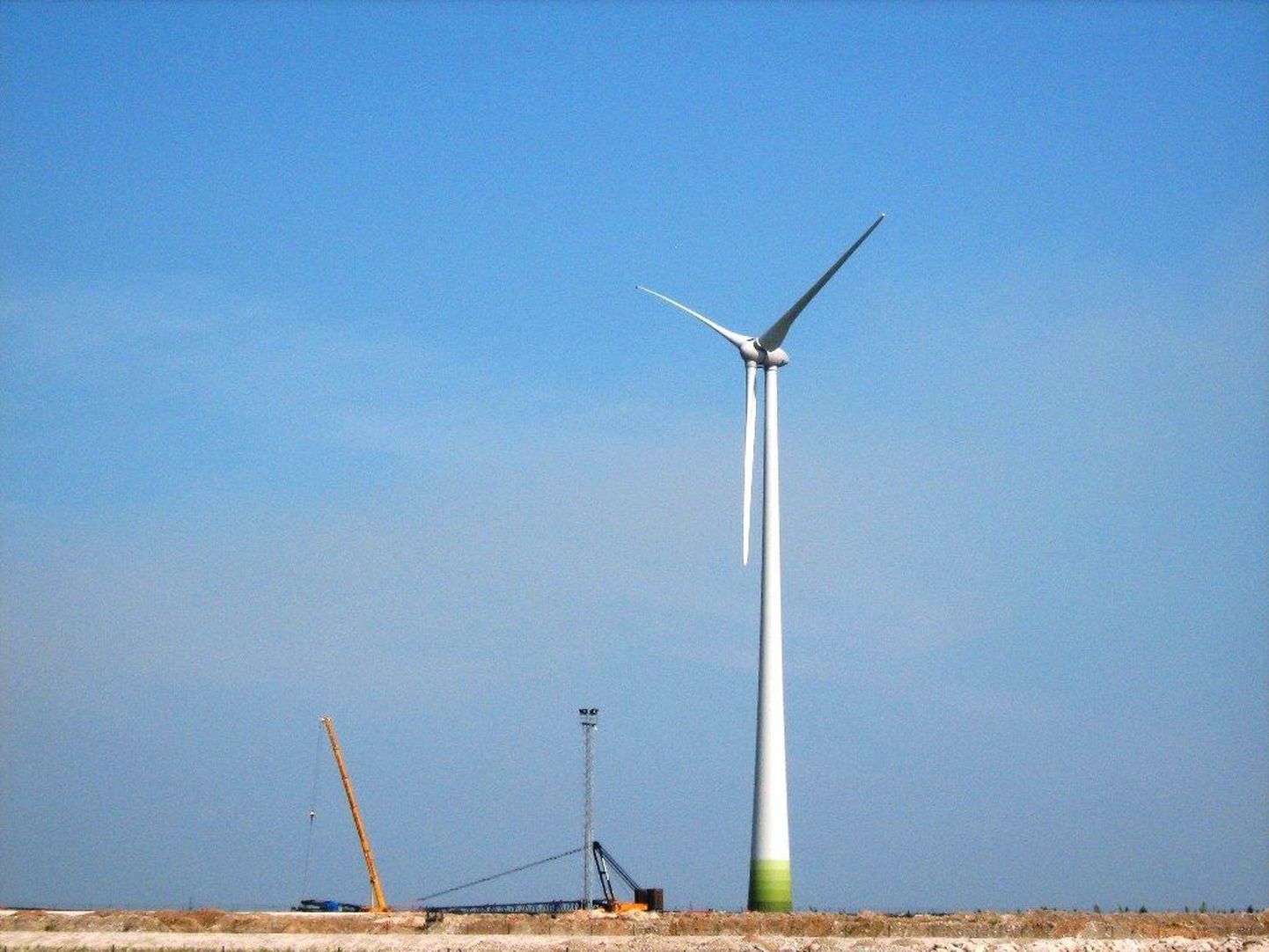
In the second quarter 248 gigawatt-hours of renewable energy was produced in Estonia, over one-third less than during the same period of the previous year.

In the second quarter 248 gigawatt-hours of renewable energy was produced in Estonia, over one-third less than during the same period of the previous year.
The biggest drop was recorded in the amounts of electric energy generated from biomass, which plummeted 59 percent to 123 GWh, the transmission system operator Elering said.
The amount generated using wind energy meanwhile grew 26 percent to 108 GWh and the output of electricity generated using biogas doubled in annual comparison to almost nine GWh.
Renewable energy accounted for 11.8 percent of total consumption of electricity in the second quarter.
Renewable energy support was paid on 78 percent of the renewable energy produced during the period. In all 11.4 million euros was paid out in subsidies during the three months.
The main reason for the 62 percent drop in subsidies to energy generated using biomass was that the Narva power plants of Eesti Energia stopped burning biofuel.
Subsidies to electric energy production using biogas meanwhile doubled mainly due to the launch of nearly five megawatt of new capacities that almost doubled the overall capacity of biogas plants.
Payouts of wind energy support increased owing to eligible new wind parks being put into operation.
Hydro energy subsidies declined 31 percent and were paid for eight GWh.
Applications for high-efficiency cogeneration support were filed for a 7 percent smaller sum than in the second quarter of 2012, less than one million euros in all.